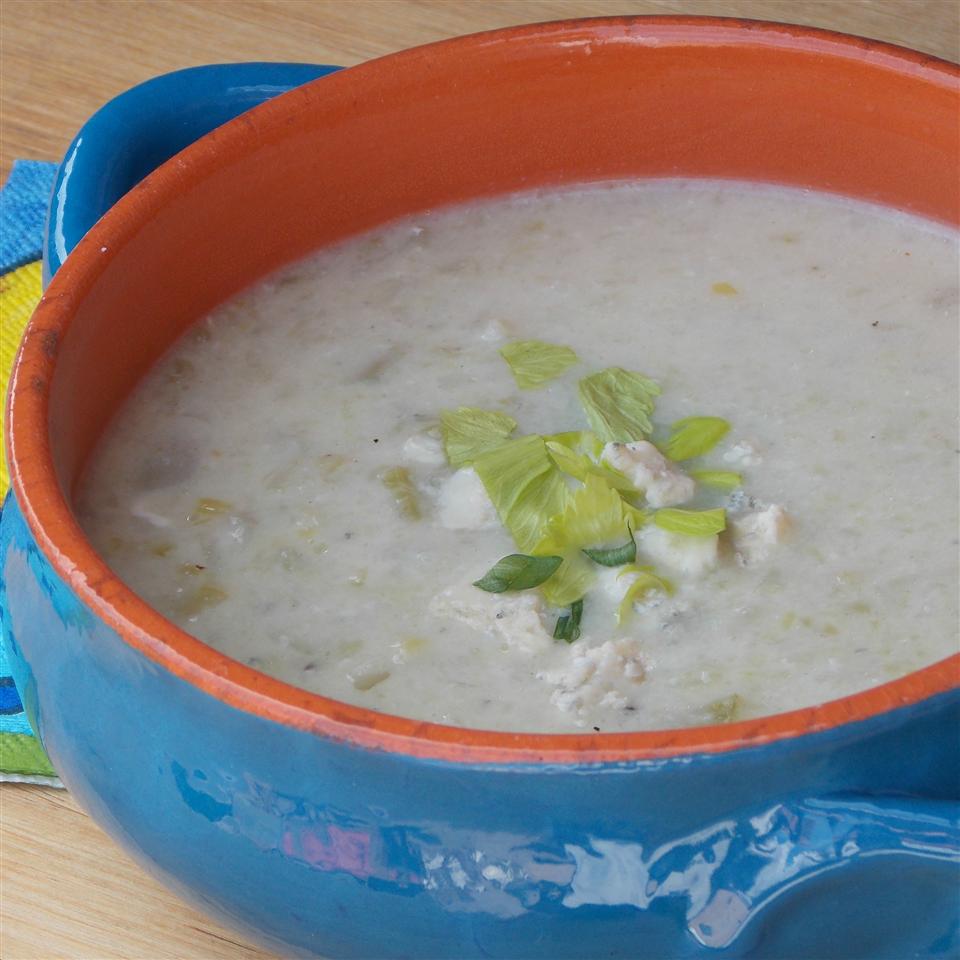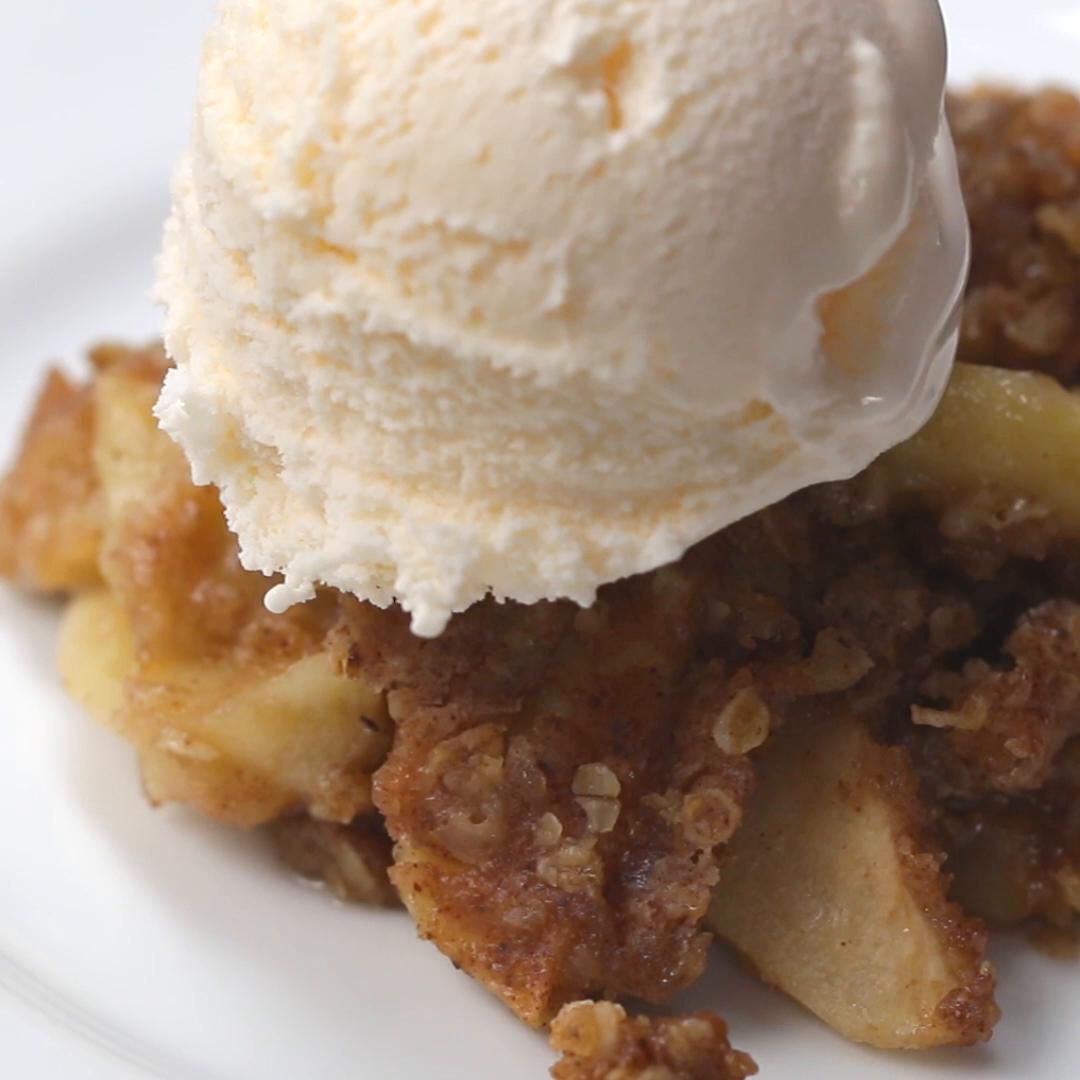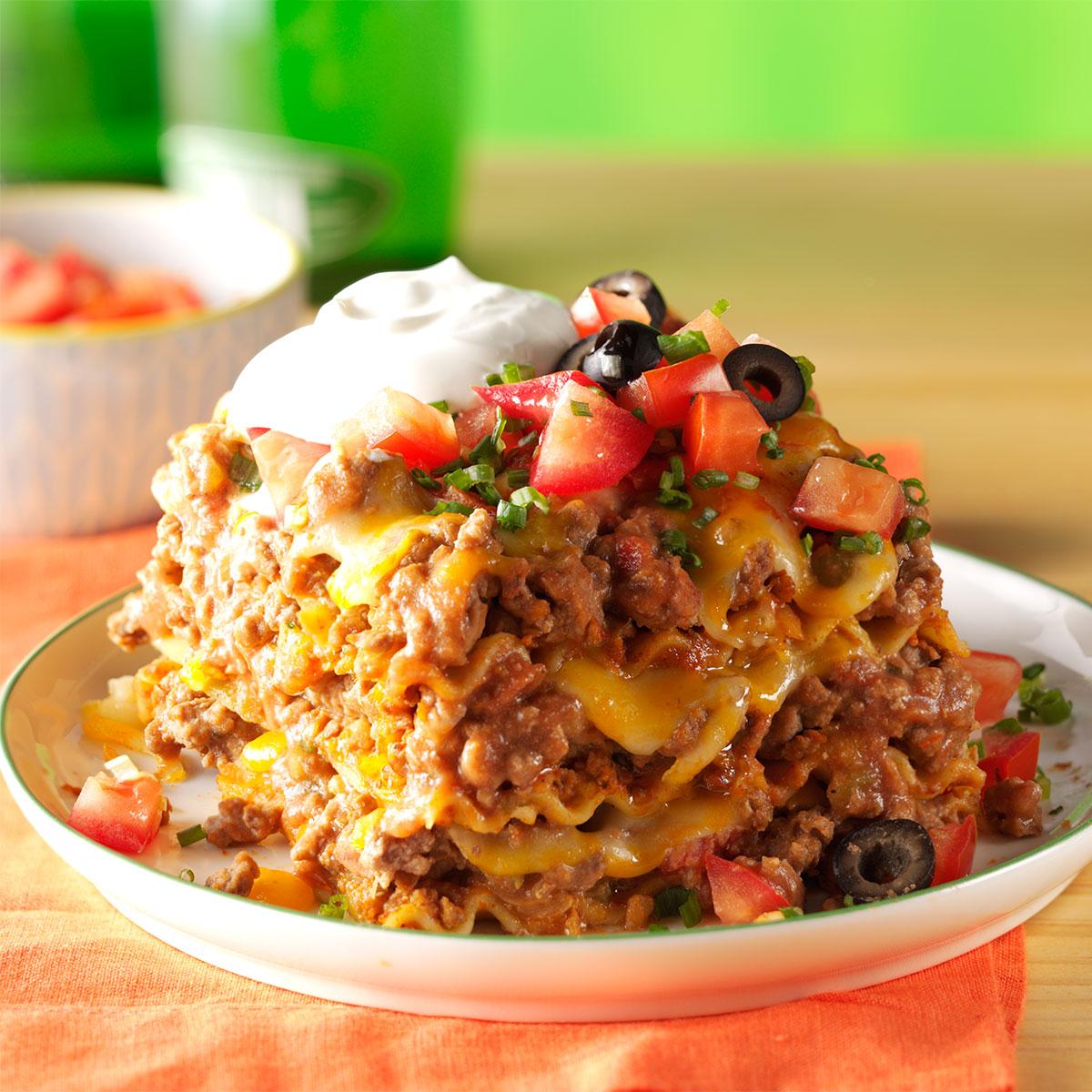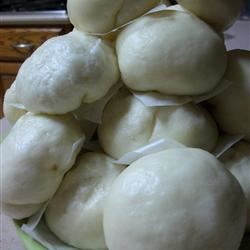**Discover the Exquisite Flavors of Authentic Coq au Vin: A Culinary Journey Through French Tradition**
Embark on a culinary adventure to the heart of French cuisine with our authentic coq au vin recipes. Coq au vin, a classic French dish, is a delightful stew that captures the essence of French gastronomy. This hearty and flavorful dish showcases tender chicken braised in a rich red wine sauce, accompanied by an array of aromatic vegetables and herbs. Our collection of recipes offers variations to suit every palate, ensuring an unforgettable dining experience. From the traditional coq au vin rouge to the rich and creamy coq au vin blanc, each recipe promises a symphony of flavors that will tantalize your taste buds. Whether you prefer a lighter version with coq au vin au Riesling or a more robust coq au vin à la Bourguignonne, our recipes provide a culinary journey through the diverse regions of France. Prepare to be captivated by the rustic charm and sophisticated flavors of authentic coq au vin, a dish that embodies the true spirit of French cooking.
AUTHENTIC COQ AU VIN

Provided by Susan Herrmann Loomis
Categories Chicken Poultry Dinner Peanut Free Tree Nut Free Soy Free
Yield Serves 6 to 8 (if using a rooster); serves 4 to 6 (if using a chicken)
Number Of Ingredients 19
Steps:
- Melt the butter in a large, heavy stockpot over medium heat. When the butter is hot, brown the rooster on all sides, doing so in two batches if necessary. Standing back and making sure your hair is tied back and your clothes are not over the heat, add the liqueur, then flame it by lighting a match and holding it just above the pot. The liqueur will catch fire and flames will leap into the air and burn out within 1 minute.
- Remove the chicken from the pan and add the bacon. Brown it on all sides. While the bacon is browning, mince the ham with the liver and the gizzard. When the bacon is browned, add the chicken back to the pan and season with salt and pepper. Pour the wine over all. Stir in the ham and the giblets, add the bouquet garni and the garlic, and pour in just enough chicken stock to cover the chicken. Bring the liquid to a boil, reduce the heat so it is simmering, cover and cook until the chicken is tender but not falling from the bone (1-1/2 hours for a rooster; about 1 hour for chicken).
- Make the garnish:
- While the rooster is cooking, heat the butter for the mushrooms over medium heat. When it is foaming, add the mushrooms and cook, stirring frequently, until the mushrooms are tender and their juices have evaporated, 5 to 7 minutes. Season lightly, remove from the heat and reserve.
- Make the sauce:
- Blend the butter and flour in a small bowl to a homogeneous paste. When the chicken is cooked, about 1/4 cup of the cooking juices into the flour and butter mixture, then pour that mixture into the pan holding the chicken. Stir it in and let it cook, stirring, until the sauce is thickened. Taste for seasoning and remove from the heat. Let the dish sit at least 8 hours, or overnight, before serving.
COQ AU VIN
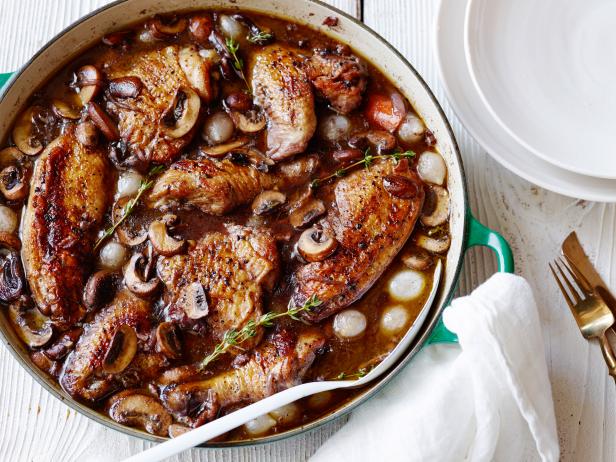
Cook Ina Garten's top-rated recipe for classic French Coq Au Vin from Barefoot Contessa on Food Network with Burgundy wine, cremini mushrooms and pancetta.
Provided by Ina Garten
Categories main-dish
Time 1h30m
Yield 3 servings
Number Of Ingredients 15
Steps:
- Preheat the oven to 250 degrees F.
- Heat the olive oil in a large Dutch oven. Add the bacon and cook over medium heat for 8 to 10 minutes, until lightly browned. Remove the bacon to a plate with a slotted spoon.
- Meanwhile, lay the chicken out on paper towels and pat dry. Liberally sprinkle the chicken on both sides with salt and pepper. When the bacon is removed, brown the chicken pieces in batches in a single layer for about 5 minutes, turning to brown evenly. Remove the chicken to the plate with the bacon and continue to brown until all the chicken is done. Set aside.
- Add the carrots, onions, 2 teaspoons salt, and 1 teaspoon pepper to the pan and cook over medium heat for 10 to 12 minutes, stirring occasionally, until the onions are lightly browned. Add the garlic and cook for 1 more minute. Add the Cognac and put the bacon, chicken, and any juices that collected on the plate into the pot. Add the wine, chicken stock, and thyme and bring to a simmer. Cover the pot with a tight fitting lid and place in the oven for 30 to 40 minutes, until the chicken is just not pink. Remove from the oven and place on top of the stove.
- Mash 1 tablespoon of butter and the flour together and stir into the stew. Add the frozen onions. In a medium saute pan, add the remaining 1 tablespoon of butter and cook the mushrooms over medium-low heat for 5 to 10 minutes, until browned. Add to the stew. Bring the stew to a simmer and cook for another 10 minutes. Season to taste. Serve hot.
HOW TO MAKE COQ AU VIN
Provided by Melissa Clark
Number Of Ingredients 0
Steps:
- Braising chicken in wine is an age-old tradition, and a method used all over France. You brown the meat, add liquid to the pot, be it water, wine or stock, and then set it over low heat for a lengthy simmer. That initial browning creates the foundation of the sauce, lending complex layers of flavor to the final dish.In a traditional coq au vin, which hails from the Burgundy region, wine is used both to tenderize what was traditionally a tough old rooster (a coq in French) and to imbue the meat with its heady flavor. When the bird is slowly simmered, often for hours and hours as the oldest recipes suggest, its sinewy flesh slackens, growing soft and aromatic, and easily yielding to the fork.As the simmering wine seasons the chicken, the chicken seasons the wine, helping transform it into a savory sauce. The wine, which reduces as it cooks, also takes on the other flavors in the pot, in this case brandy, mushrooms, onions, bacon and herbs, along with the savory fond - that is, the caramelized bits on the bottom of the pan that you get from the initial browning of the chicken. The young, tender chickens of today cook more quickly than those earlier birds, but they are imbued with similar lusty flavors.There are variations of coq au vin all over France, each a celebration of local wines both red and white. In Alsace, a dry riesling is used, resulting in a lighter, brighter sauce that is often enriched with a little cream or crème fraîche stirred in at the end. The Jura and the Champagne regions also have their own recipes; cooks in the Jura sometimes substitute morels for the more common white or brown button mushrooms. In Beaujolais, the young dark purple nouveau wine gives that dish the name coq au violet. But Burgundy's version, made with its local wine, is the best known across France and all over the world.No matter what kind of wine you pour into your pot, the method of simmering it with chicken or other meat is applicable across the kitchen. Case in point: Boeuf bourguignon, another French classic, is essentially coq au vin made with chunks of stewing beef instead of fowl. Mastering this one technique leads to many excellent dinners.
- Legend has it that Julius Caesar himself introduced a version of coq au vin to France. As the commonly cited (and thoroughly apocryphal) story goes, the Celtic Gauls sent a rooster to Caesar during the Roman occupation. Caesar had his cook stew it in herbs and Roman wine and then returned it to the Gauls. Whether or not this is true, the tradition of simmering poultry in wine does indeed date to ancient Rome, and perhaps even further back.Because the main ingredient of a coq au vin was historically a tough old rooster, it is very likely that the earliest versions were peasant fare. Recipes calling for rooster rarely graced the early tracts on French cooking in the 17th and 18th centuries, which documented food for the wealthy. It wasn't until the more current substitution of tender chicken in the 19th century that the dish and all its variations entered the French canon. That the Burgundian version emerged as the most prominent in the United States is because of Julia Child, who championed the recipe as a symbol of the sophistication and verve of French country cooking.Above, "Still Life" by Jacopo da Empoli (1551-1640).
- Dutch oven A 6- to 8-quart Dutch oven or heavy-bottomed pot with lid (a rondeau pot) is an essential tool for a braise. If the pot is too small, the liquid won't evaporate enough to give you a rich sauce; if it's too large, the wine in the pot won't sufficiently cover the chicken.Skillet The pearl onions and mushrooms for the topping are cooked separately from the chicken, so they have their own distinct flavor and texture. A 10-inch skillet with a lid is ideal.Tongs A good pair of kitchen tongs will help you maneuver the chicken as you brown it, allowing you to fully sear the skin all over.Wirecutter, a product recommendations website owned by The New York Times Company, has a guide to the best Dutch ovens and nonstick pans.
- This recipe for coq au vin yields a supremely rich sauce filled with tender chicken, crisp bits of bacon, mushrooms and burnished pearl onions. Traditional versions call for a whole cut-up chicken, but using only dark meat gives you a particularly succulent dish. The crouton garnish adds a buttery crunch.
- You want to build flavor in the pan at every step, which enriches the sauce and gives it body. That begins with the meat, which should be seared deeply to create a brawny base.• Using only bone-in dark meat makes the stew richer and thicker, because of the marrow in the bones. And dark meat isn't as prone to drying out as white meat. However, it is traditional to use a whole chicken, cut into pieces, and you can do that if you'd prefer; just add the breast to the pot 30 minutes after adding the dark meat.• Marinating the chicken before browning it will give you a more evenly seasoned bird whose flesh is fully imbued with wine. The ideal marination time is 24 hours, but even four to six hours helps the cause.• To get a good sear, the chicken must be fully dry. Otherwise, moisture will steam the skin instead of browning it. Pat it well with paper towels after marinating.• Take your time when browning the meat; it's one of the most important steps for getting robust flavor out of the chicken, and creates a brawny base for the sauce. Plan to spend at least 15 to 25 minutes at the stove for this step, searing the pieces in batches. Use tongs to hold the chicken and change its position, pressing it into the pan when necessary, so that all sides make contact with the hot metal to get a deep sear.• Some coq au vin recipes call for chicken stock to replace a portion of the wine, which accentuates meaty notes in the finished sauce. But this can dilute the wine flavor. The bacon and the searing of the chicken skin provide sufficient meatiness here, so this recipe omits the stock.• Sautéing the tomato paste with the vegetables caramelizes the tomato. It also eliminates any metallic flavor, which can be an issue with canned tomato paste.• Adding flour to the pot helps thicken the sauce. Here, it is stirred into the vegetables while they're browning, which allows the taste of raw flour to cook off.• Brandy brings complexity to the final dish. Igniting the brandy in the pot is a quick way to cook out much of the alcohol, and it's easier than you think. Use a long-handled igniter or match to light the flame. It burns out pretty quickly, so there is not much to fear. However, you can skip this step and simply let the brandy cook down in the pan for 1 minute.• Here, the wine is boiled down for about 12 minutes before the chicken is added to the pot. This makes for a more intense sauce without overcooking the chicken.• One quick way to peel pearl onions for the topping is to blanch them for 1 minute in a pot of boiling water. Drain, let cool, then slip off their skins. (Frozen peeled onions tend to be very soggy, and therefore much harder to caramelize because of their high moisture content. Use them only as a last resort.)• A garnish of crisp toasted bread provides a textural contrast to the soft chicken, but feel free to leave it out.• Like all braises, coq au vin is best made a day ahead, so the flavors have a chance to intensify. Let it cool completely, then store it in the refrigerator. To reheat, first spoon off and discard any solidified fat on the surface, then place the pot over a low flame for about 20 to 30 minutes, stirring occasionally. Or reheat it in a 350-degree oven for about 30 minutes. It's best to prepare the onions and mushrooms, and the croutons, just before serving.• Serve with a green salad, and a good bottle of Burgundy.
- Like coq au vin, its sister dish from Burgundy, boeuf Bourguignon is a stew of meat slowly simmered in red wine along with pearl onions, mushrooms and bacon. Use a good wine here, something simple but drinkable. It makes all the difference in the finished dish. As with all beef stews, this one is best made a day or two ahead, but don't sauté the mushrooms and onions until just before serving.
- PhotographyFood styling: Alison Attenborough. Prop styling: Beverley Hyde. Additional photography: Karsten Moran for The New York Times. Additional styling: Jade Zimmerman.VideoFood styling: Chris Barsch and Jade Zimmerman. Art direction: Alex Brannian. Prop styling: Catherine Pearson. Director of photography: James Herron. Camera operators: Tim Wu and Zack Sainz. Editing: Will Lloyd and Adam Saewitz. Additional editing: Meg Felling.
- All Chapters
- Steak
COQ AU VIN
A coq au vin is a classic French stew in which chicken is braised slowly in red wine and a little brandy to yield a supremely rich sauce filled with tender meat, crisp bits of bacon, mushrooms and burnished pearl onions. Traditional recipes call for a whole cut-up chicken, but using all dark meat gives you a particularly succulent dish without the risk of overcooked white meat. However, if you would rather substitute a whole cut-up bird, just add the breasts in the last 30 minutes of simmering. If you want to skip the croutons for garnish you can, but they do add a lovely, buttery crunch alongside the soft, simmered meat and vegetables. This recipe is part of The New Essentials of French Cooking, a guide to definitive dishes every modern cook should master. Buy the book.
Provided by Melissa Clark
Categories dinner, roasts, soups and stews, main course
Time 2h
Yield 4 servings
Number Of Ingredients 20
Steps:
- Season chicken with 2 1/4 teaspoons salt and 1/2 teaspoon pepper. In a large bowl, combine chicken, wine, bay leaf and thyme. Cover and refrigerate for at least 2 hours or, even better, overnight.
- In a large Dutch oven or a heavy-bottomed pot with a tightfitting lid, cook lardons over medium-low heat until fat has rendered, and lardons are golden and crisp, 10 to 15 minutes. Using a slotted spoon, transfer lardons to a paper-towel-lined plate, leaving rendered fat in pot.
- Remove chicken from wine, reserving the marinade. Pat chicken pieces with paper towels until very dry. Heat lardon fat over medium heat until it's just about to smoke. Working in batches if necessary, add chicken in a single layer and cook until well browned, 3 to 5 minutes per side. (Add oil if the pot looks a little dry.) Transfer chicken to a plate as it browns.
- Add diced onion, carrot, half the mushrooms and the remaining 1/4 teaspoon salt to pot. Cook until vegetables are lightly browned, about 8 minutes, stirring up any brown bits from the pot, and adjusting heat if necessary to prevent burning.
- Stir in garlic and tomato paste and cook for 1 minute, then stir in flour and cook for another minute. Remove from heat, push vegetables to one side of pot, pour brandy into empty side, and ignite with a match. (If you're too nervous to ignite it, just cook brandy down for 1 minute.) Once the flame dies down, add reserved marinade, bring to a boil, and reduce halfway (to 1 1/2 cups), about 12 minutes. Skim off any large pockets of foam that form on the surface.
- Add chicken, any accumulated juices and half the cooked lardons to the pot. Cover and simmer over low heat for 1 hour, turning halfway through. Uncover pot and simmer for 15 minutes to thicken. Taste and add salt and pepper, if necessary.
- Meanwhile, melt 1 tablespoon butter and 2 tablespoons oil in a nonstick or other large skillet over medium-high heat. Add pearl onions, a pinch of sugar and salt to taste. Cover, reduce heat to low and cook for 15 minutes, shaking skillet often to move onions around. Uncover, push onions to one side of skillet, add remaining mushrooms, and raise heat to medium-high. Continue to cook until browned, stirring mushrooms frequently, and gently tossing onions occasionally, 5 to 8 minutes. Remove onions and mushrooms from skillet, and wipe it out.
- In same skillet, melt 2 tablespoons butter and 1 tablespoon oil over medium heat until bubbling. Add bread and toast on all sides until golden, about 2 minutes per side. (Adjust heat if needed to prevent burning.) Remove from skillet and sprinkle with salt.
- To serve, dip croutons in wine sauce, then coat in parsley. Add pearl onions, mushrooms and remaining half of the cooked lardons to the pot. Baste with wine sauce, sprinkle with parsley and serve with croutons on top.
Tips:
- Use high-quality ingredients: The better the ingredients, the better the coq au vin will be. Use a good quality red wine, such as a Burgundy or Pinot Noir. Choose a flavorful chicken, such as a free-range or organic chicken. And use fresh vegetables and herbs.
- Brown the chicken well: Browning the chicken gives it a nice color and flavor. Be sure to brown the chicken in batches so that it doesn't crowd the pan and steam.
- Use a good quality red wine: The red wine is a key ingredient in coq au vin, so it's important to use a good quality wine. Choose a wine that you would enjoy drinking on its own.
- Simmer the coq au vin for at least 2 hours: This will allow the flavors to develop and the chicken to become tender.
- Serve coq au vin with mashed potatoes, egg noodles, or rice: Coq au vin is a hearty dish that pairs well with a variety of side dishes.
Conclusion:
Coq au vin is a classic French dish that is perfect for a special occasion or a weeknight meal. It is a flavorful and hearty dish that is sure to please everyone at the table. With a little planning and effort, you can make a delicious coq au vin at home.
Are you curently on diet or you just want to control your food's nutritions, ingredients? We will help you find recipes by cooking method, nutrition, ingredients...
Check it out »
You'll also love







